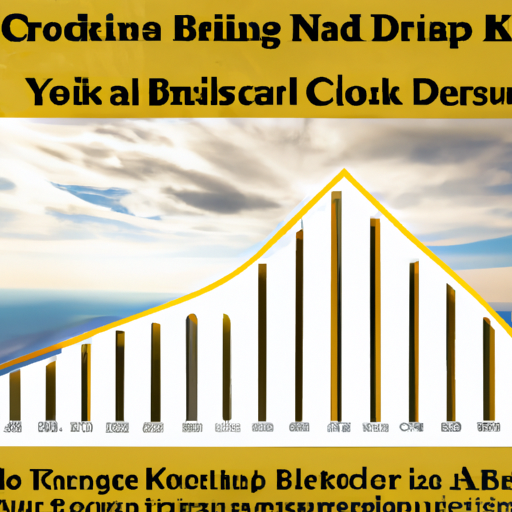Title: US Banking Crisis Deepens: Deposits Continue to Shrink as Fed Bailout Fund Reaches Record Levels
Introduction:
The US banking sector is facing an ongoing crisis as deposit figures show a troubling downward trend. Additionally, distressed banks are increasingly relying on the Federal Reserve’s banking loan facility, which has reached unprecedented levels. This article delves into the latest developments and highlights the growing concerns in the industry.
1. Disturbing Deposit Outflows:
The Kobeissi Letter, a respected macroeconomics commentary outlet, reports that US banks experienced their largest weekly outflows since the collapse of Silicon Valley Bank (SVB). Seasonally-adjusted bank deposits plunged by over $70 billion in just one week, reaching their lowest levels since May. These figures raise questions about the supposed resolution of the regional bank crisis.
2. Mounting Deposit Losses:
Market analyst Joe Consorti supports the concerning deposit figures, stating that US commercial banks lost a staggering $71.2 billion in deposits last week. While this figure is alarming, Consorti emphasizes that it would have ranked as the third-largest outflow during the Great Financial Crisis of 2008. Nonetheless, troubled waters lie ahead, given the magnitude of recent losses and the uncertainty surrounding the banking sector.
3. Shift Towards Money Market Funds:
Approximately 60% of the withdrawn bank deposits are finding their way into higher-yielding and secure money market funds. These funds offer annual returns of 4.5% or more, surpassing the average offerings of traditional high street banks. This exodus of funds highlights customer concerns about the stability of banks and their desire for greater returns.
4. Growing Unrealized Losses:
The balance of unrealized losses on securities held by FDIC-insured commercial banks rose by $43 billion, an 8% increase, during the second quarter. These losses are primarily attributed to Treasury securities and government-guaranteed mortgage-backed securities. The Wolfstreet outlet explains that banks experienced unrealized gains during times of falling yields and rising bond prices. However, with recent increases in Treasury yields, banks are likely to face more substantial unrealized losses in the coming months.
5. Federal Reserve’s Bailout Fund Peak:
The Federal Reserve’s Bank Term Funding Program (BTFP) has reached an all-time high of $107.8 billion, as reported by the St. Louis Fed. This bailout fund, established in March 2023, aims to provide additional funding to struggling depository institutions. Usage of the Fed’s emergency bank funding facility has also surged, further highlighting the financial challenges faced by banks.
Conclusion:
With the evidence continuing to mount, it is clear that the US banking crisis is far from over. Deposits are dwindling, forcing banks to rely on the Federal Reserve’s bailout fund. Additionally, unrealized losses on securities are rising, further straining bank balance sheets. As Moody’s downgrades banks and warns of potential future downgrades, it is evident that the regional banking crisis in the US is still unfolding. The industry must navigate these troubled waters and consider proactive measures to address the ongoing challenges.






0 Comments